Prepare to be amazed as we delve into the extraordinary world of the human brain! This incredible organ not only orchestrates our thoughts, emotions, and behaviors but also holds secrets that are as fascinating as they are vital to understanding ourselves. From its astonishing capacity to generate electricity to its ability to adapt and heal, join us as we explore some of the most interesting and surprising facts about the human brain that will surely captivate your curiosity.
The Brain’s Water Content

The human brain is approximately 75% water. This high water content is crucial as it helps maintain chemical processes, delivers nutrients to brain cells, and removes waste. Dehydration, even in small amounts, can affect cognitive function and the ability to think clearly.
Neuron Count

There are roughly 86 billion neurons in the human brain. Each neuron is capable of forming thousands of connections with other neurons, leading to an almost infinite number of potential neural pathways. This vast network is what allows for the complexity of human thought, memory, and emotion.
Electrical Power
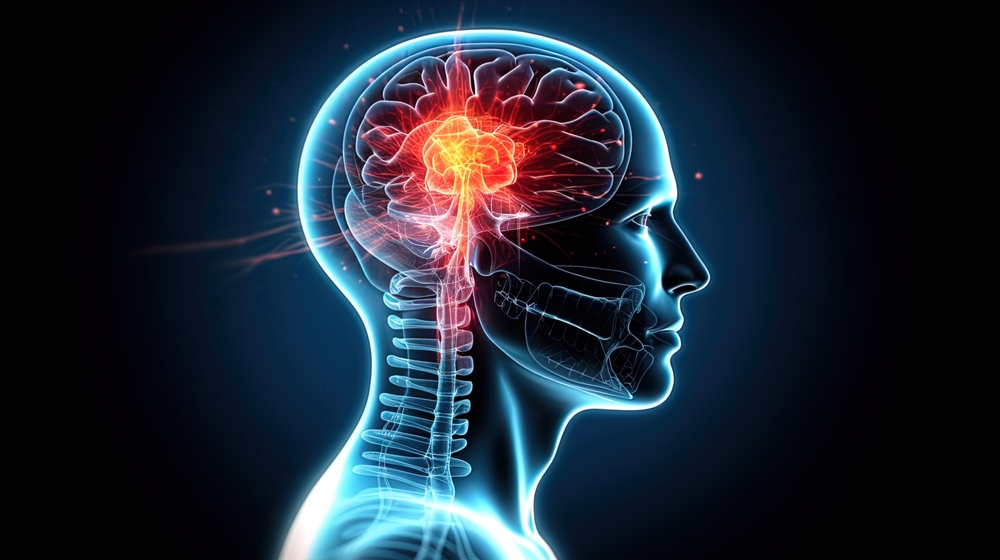
The brain operates on the same amount of power as a 10-watt light bulb, even when you’re sleeping. The electrical activity generated by the brain is enough to power a small light bulb, highlighting the organ’s efficiency and energy management.
Blood Vessels Length
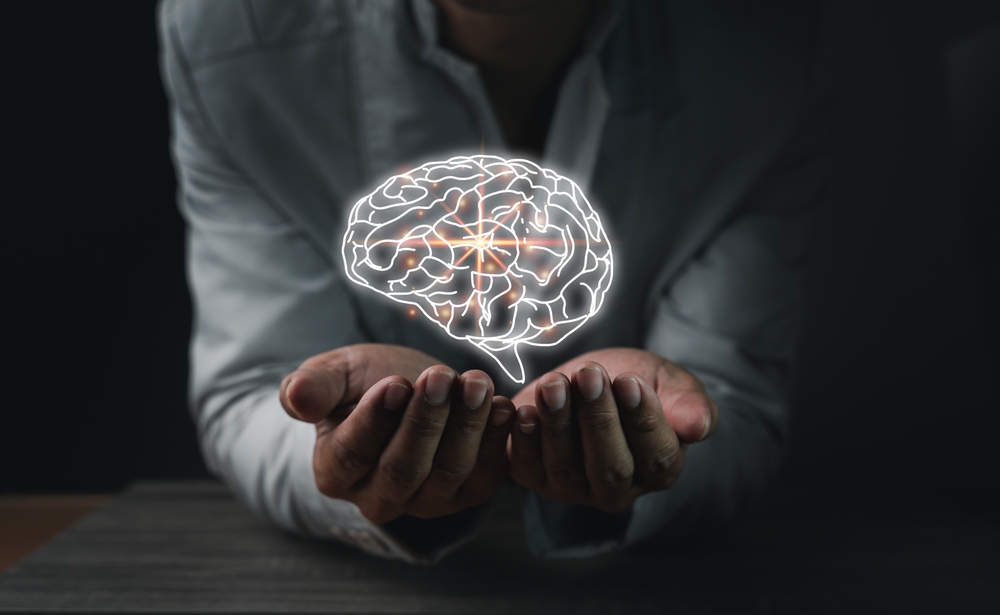
If stretched out, the blood vessels in the brain would be about 100,000 miles long. This extensive network ensures that brain cells receive a constant supply of oxygen and nutrients essential for optimal function.
New Neurons
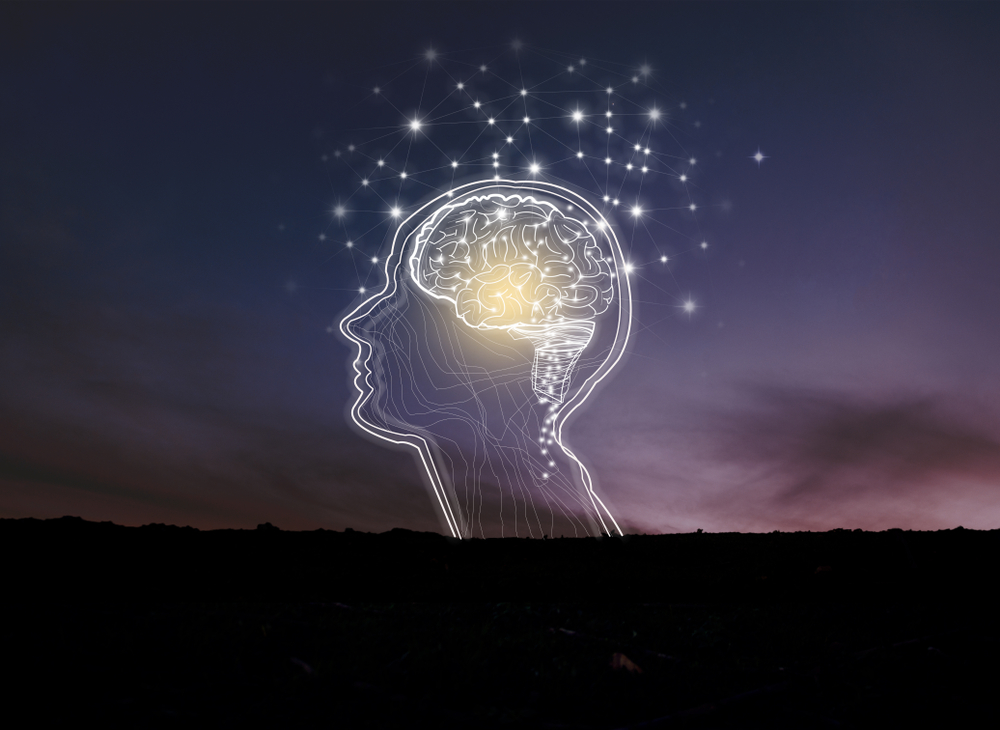
The adult human brain can grow new neurons, a process known as neurogenesis. Primarily occurring in the hippocampus, this phenomenon is vital for learning and memory. It challenges the old belief that adults cannot grow new brain cells.
Brain Weight

The average adult human brain weighs about 3 pounds, which is about 2% of total body weight. Despite its weight, it uses about 20% of the body’s energy and oxygen intake, emphasizing its importance and metabolic demand.
Synapses
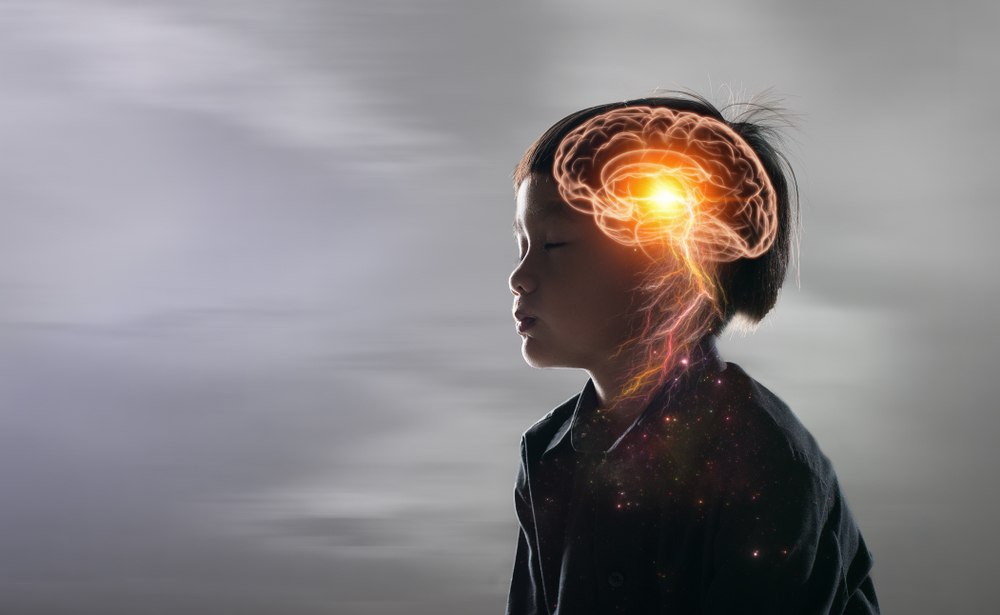
For each neuron, there can be between 1,000 to 10,000 synapses, amounting to over 100 trillion in total. This immense network of connections is what allows for complex thought, learning, and the formation of memories.
Speed of Information

Information in the brain travels at different speeds but can be as fast as 270 miles per hour. This fast processing speed enables quick reflex responses and seamless coordination of physical actions.
Fat Content

About 60% of the human brain is made up of fat, making it the fattiest organ in the body. Brain fats (lipids) are crucial for proper insulation of nerve fibers and play a significant role in long-term memory storage.
Oxygen Usage

The brain consumes about 20% of the oxygen we breathe in. Its high oxygen use reflects its intense metabolic activity, required for maintaining normal cognitive and neurological functions.
The Visual Brain

Around 30% of the brain’s cortex is devoted to visual processing, more than any other sense. This extensive area highlights the importance of vision in human evolution and function.
Memory Capacity
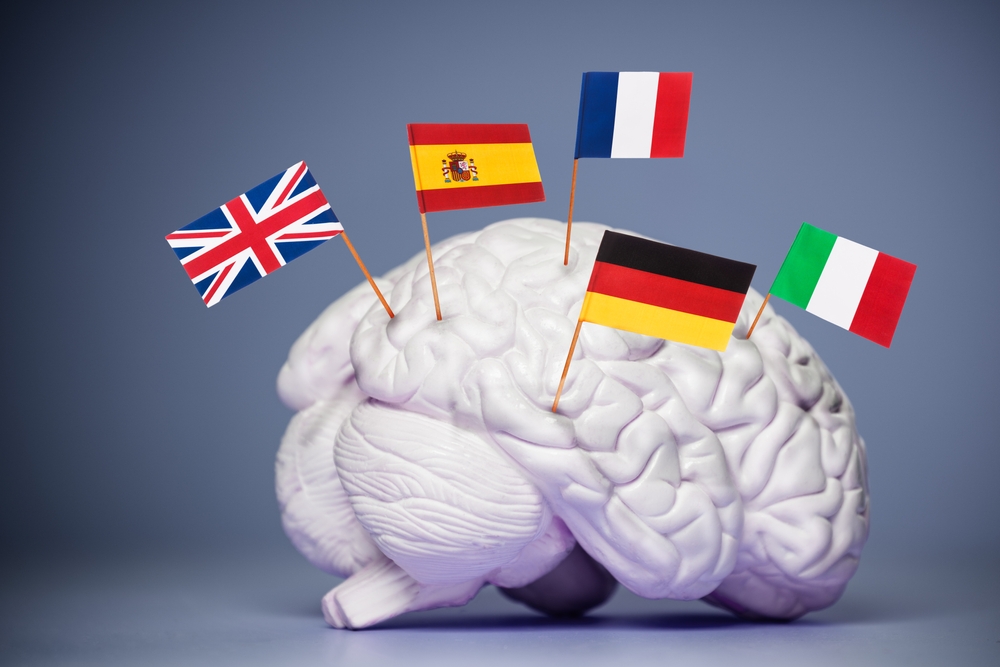
The storage capacity of the human brain is considered to rival about 2.5 petabytes of binary data, which is equivalent to about three million hours of TV shows. This vast capacity allows humans to store a tremendous amount of information over a lifetime.
Protective Blood-Brain Barrier
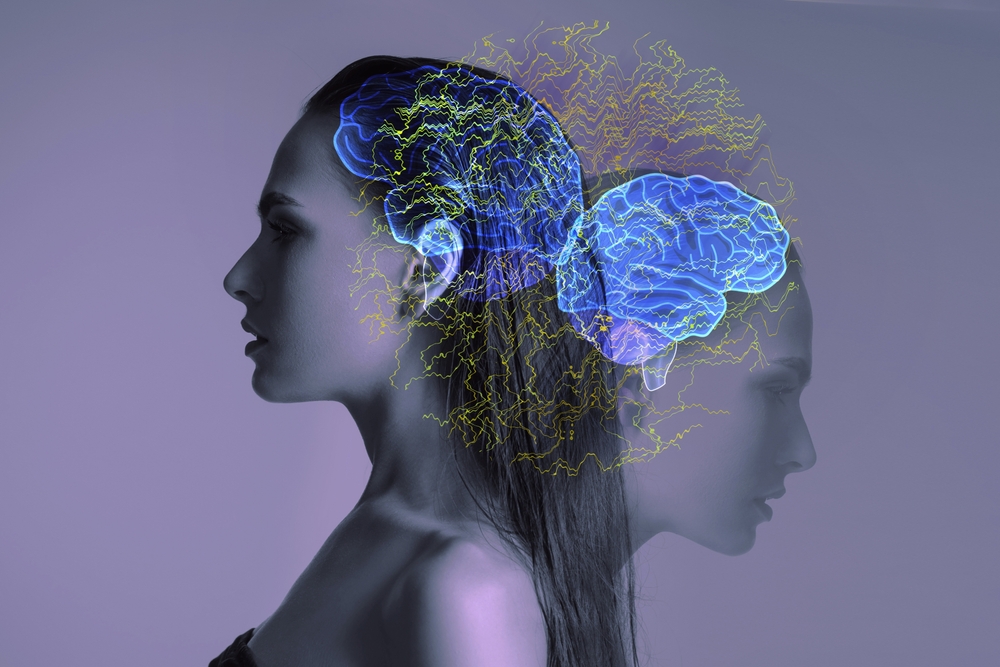
The brain is protected by a selective barrier called the blood-brain barrier, which prevents most substances in the blood from entering the brain. This feature is essential for protecting the brain from pathogens and toxins.
The Brain’s Clock

The suprachiasmatic nucleus in the brain acts as the master clock, coordinating all the biological clocks in a human body, regulating circadian rhythms, and ensuring timely hormone release for sleep and other body functions.
Processing Power
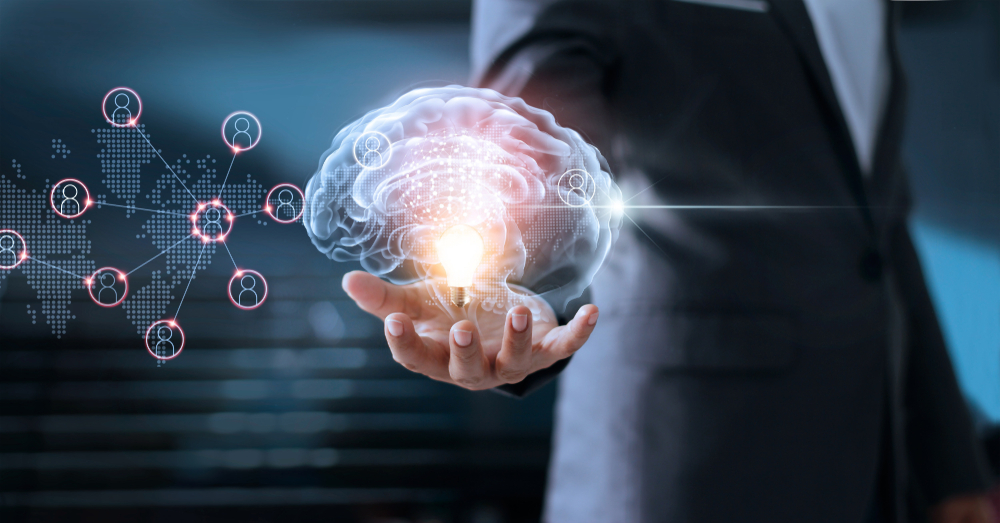
The human brain can process images the eye sees for as little as 13 milliseconds — much faster than a blink, which takes about 100 to 400 milliseconds. This rapid processing ability is critical for quick reactions and seamless visual understanding.
Language and the Brain

The brain’s left hemisphere is predominantly responsible for language abilities in right-handed individuals. This lateralization shows how certain high-level functions are compartmentalized within the brain.
Brain Growth

The human brain continues to grow until about the age of 25. This extended period of development is crucial for the maturation of advanced cognitive functions and emotional regulation.
Temperature Regulation
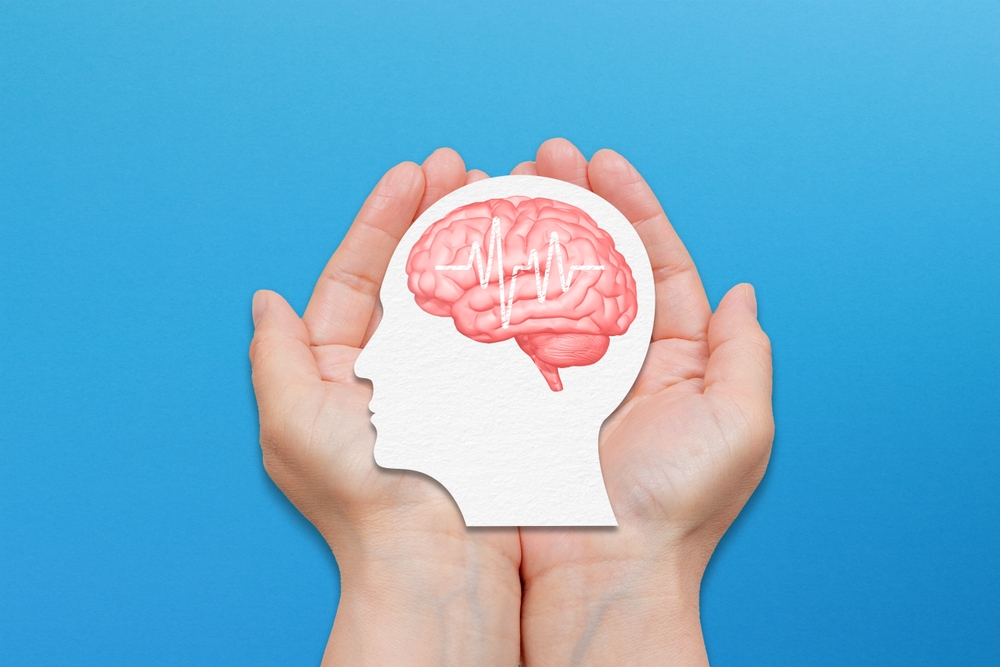
The brain has its own cooling system — cerebrospinal fluid, which not only cushions the brain but also regulates its temperature through circulation, maintaining optimal conditions for neurological function.
Neural Plasticity
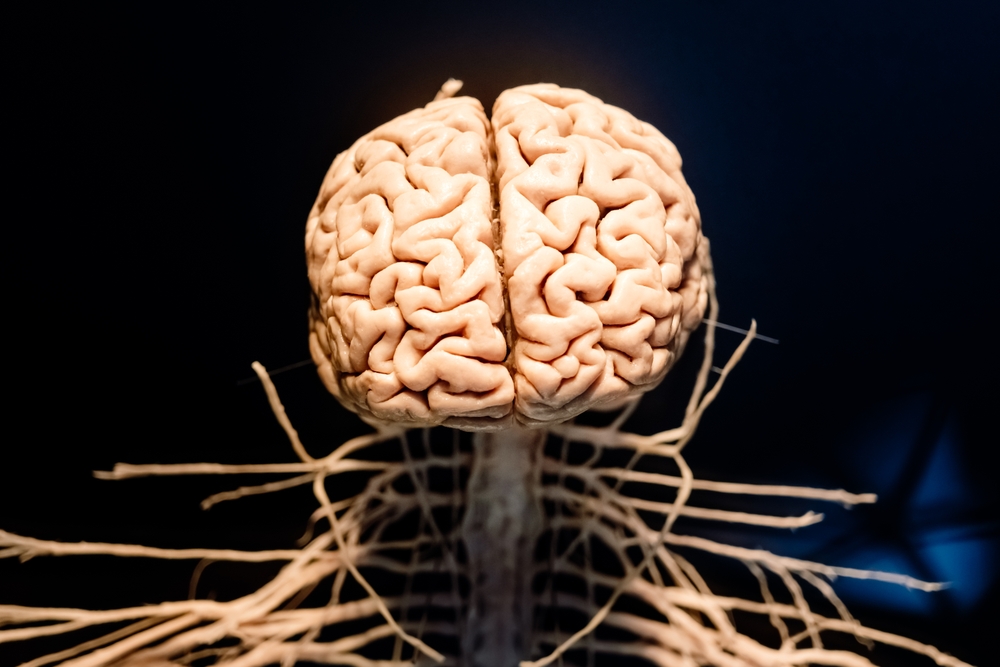
The brain has the remarkable ability to reorganize itself by forming new neural connections throughout life. This plasticity allows for learning new skills, adapting to new environments, and recovering from injuries.
Gamma Waves
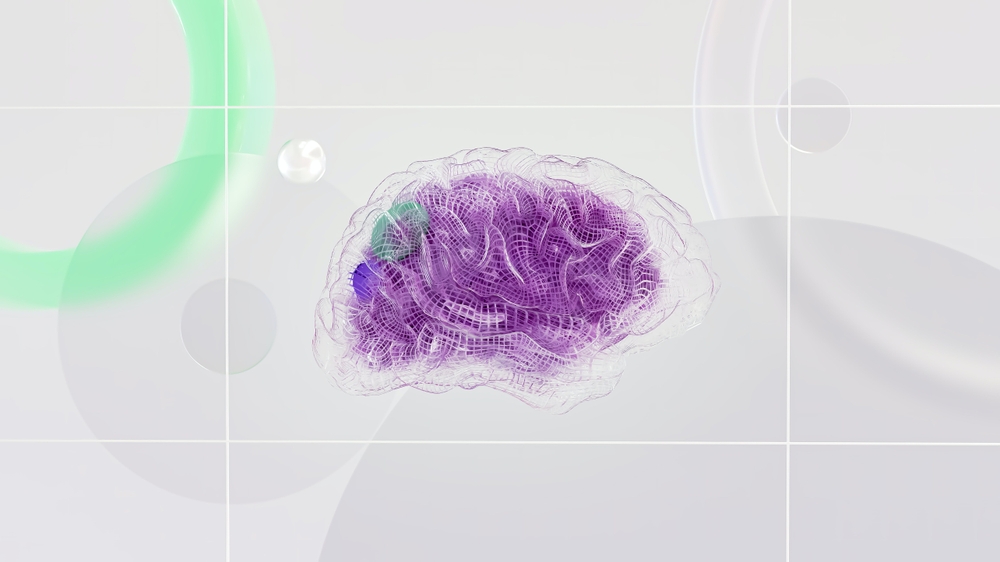
The brain can produce gamma waves, which have a frequency of about 25 to 100 Hz and are associated with higher mental activity, including perception, problem-solving, and consciousness.
This article originally appeared on UnifyCosmos.
More from UnifyCosmos
20 Intriguing Details About the Life of Leonardo da Vinci

This article delves into the intriguing details of his life, shedding light on the genius behind the Mona Lisa and The Last Supper. Read more!
22 Tips for Mastering the Art of Multitasking

From prioritizing tasks to leveraging technology, we’ll explore practical strategies to help you manage your time and efforts effectively. Read more!
23 Famous Regional Pizzas You Need to Taste

Join us as we explore some of the most famous regional pizzas you need to taste, each offering a mouthwatering experience that reflects the local culture and culinary traditions. Read more!
Leave a Reply